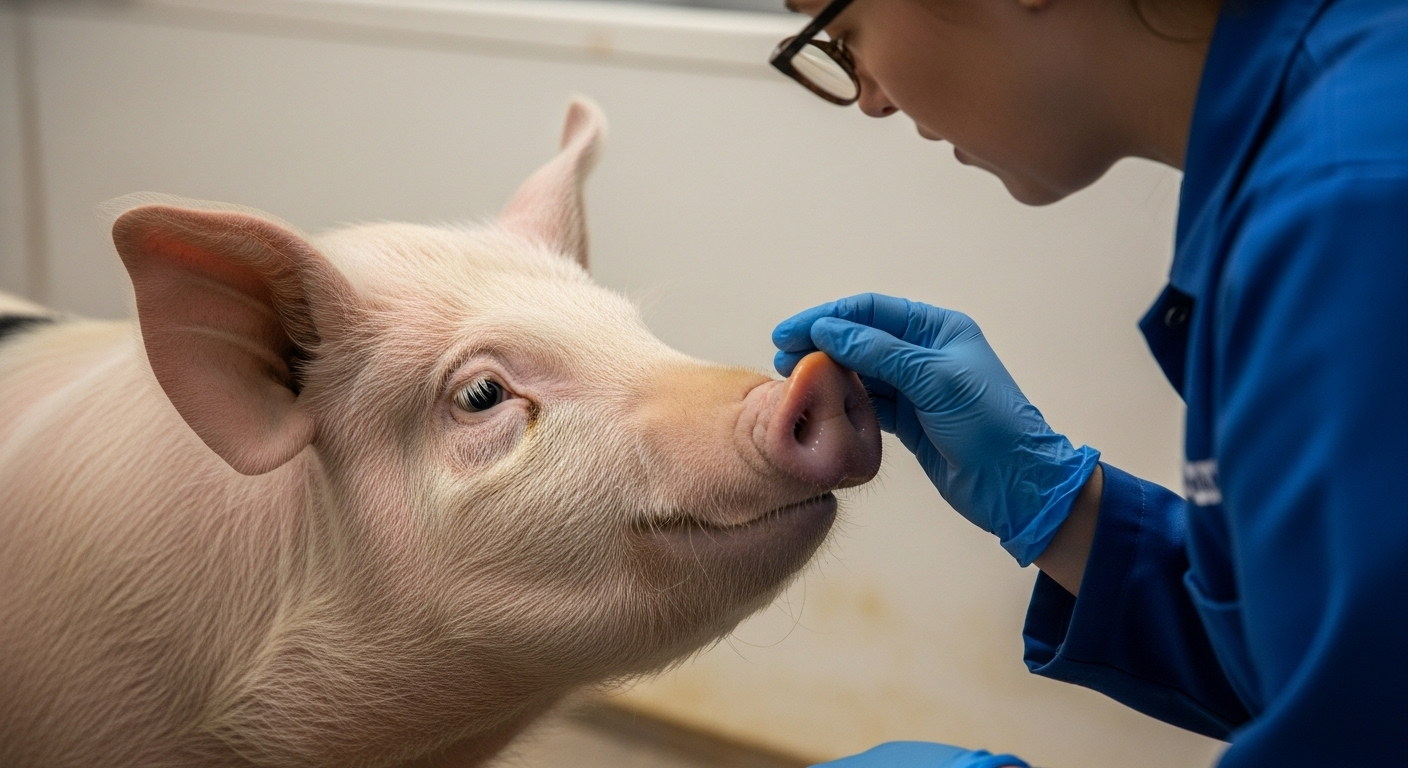Unveiling the Potential of Pranayama: The Art of Yogic Breathing for Holistic Health
Breathing - it's the most natural activity we engage in, right from the moment we enter this world. But what if we told you that the way we breathe could have profound impacts on our health and wellness? Let's delve into the world of Pranayama, an ancient yogic breathing technique, and uncover how it can enhance our overall well-being.

A Brief History of Pranayama: More Than Just Breathing
Pranayama, a Sanskrit word meaning “extension of life force,” is a pillar of yoga, tracing back to ancient India around 1500 BCE. While the exact origins of Pranayama are shrouded in the mists of time, its principles are rooted in the Upanishads, ancient Indian texts that form the philosophical backbone of yoga. In yogic philosophy, breath is seen as the physical manifestation of prana, or vital life energy. Through conscious control and modulation of breath, practitioners of Pranayama aim to harmonize their body, mind, and spirit.
Unraveling the Science Behind Pranayama
Modern medical research has begun to validate what yogis have known for millennia - that Pranayama can yield significant health benefits. Studies have shown that regular practice of Pranayama can reduce stress, improve lung function and cardiovascular health, enhance cognitive abilities, and promote emotional well-being. The science behind these benefits lies in the way Pranayama influences our nervous system, particularly the autonomic nervous system that controls our body’s unconscious functions, such as heart rate and respiration.
Pranayama in Practice: The Benefits and Challenges
Pranayama can be a powerful wellness tool, but it’s not without its challenges. It requires discipline, practice, and preferably the guidance of an experienced teacher, especially for beginners. Different Pranayama techniques can have varying effects, and some may not be suitable for people with certain health conditions. However, when practiced correctly and consistently, Pranayama can help improve respiratory health, reduce stress and anxiety, improve sleep, and enhance mental focus and clarity.
Fascinating Insights on Pranayama
-
Pranayama is not just about deep breathing; it involves specific techniques, such as alternative nostril breathing (Anulom Vilom), cooling breath (Sheetali), and the “breath of fire” (Kapalabhati).
-
Scientific studies have linked Pranayama to improved lung function, lower blood pressure, and reduced symptoms of asthma.
-
Pranayama can help stimulate the parasympathetic nervous system, which promotes relaxation and stress relief.
So, are you ready to take a deep, conscious breath towards better health? Pranayama offers us a unique, time-tested way of leveraging something as simple and fundamental as our breath to enhance our holistic well-being. Remember, the journey to wellness is not a sprint but a marathon. Start small, be consistent, and watch as the transformative power of yogic breathing unfolds in your life.




